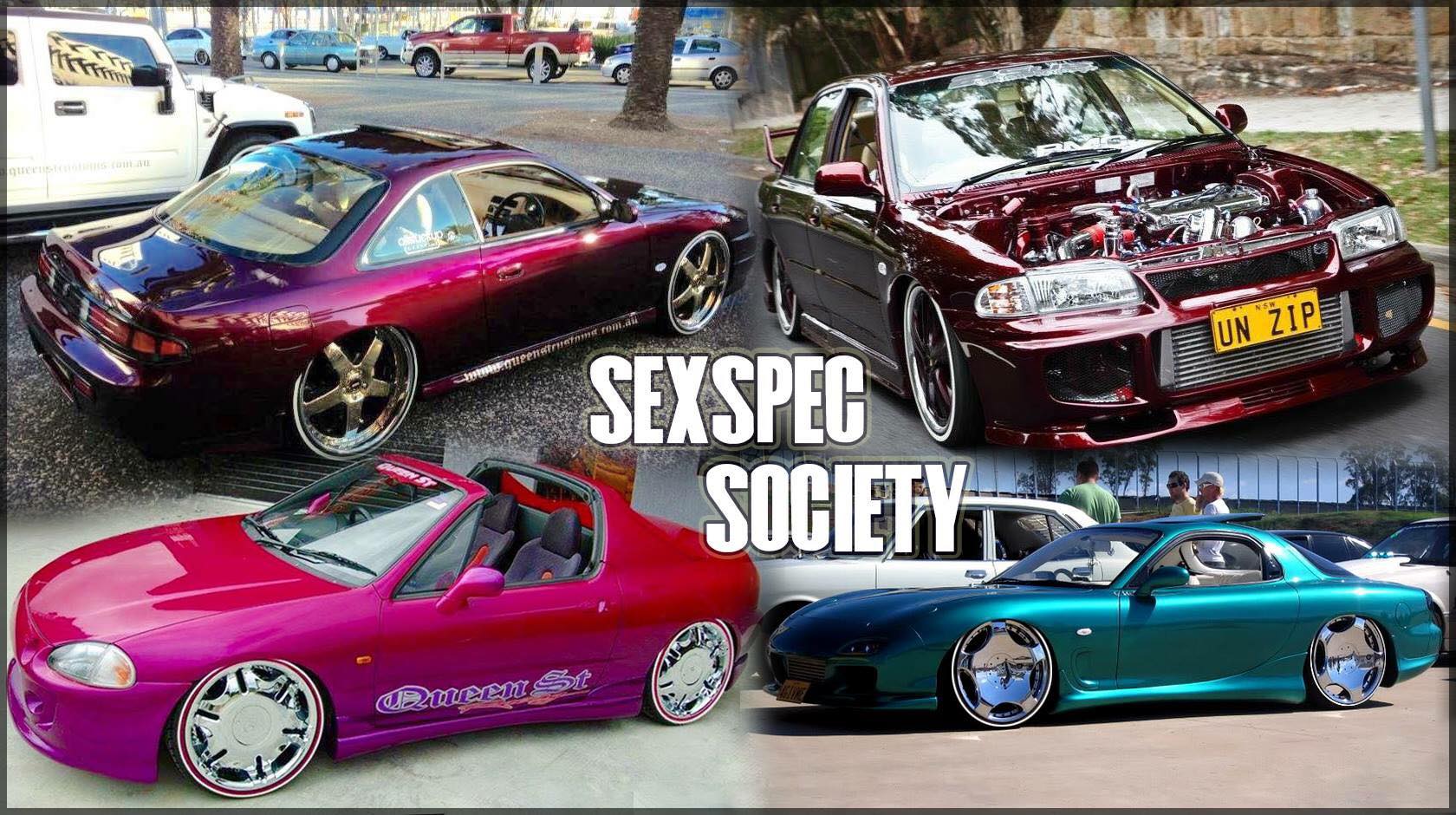The early 2000s in Australia witnessed the rise of ‘SexSpec’—a car modification trend that emphasised unique, custom work over generic aftermarket parts. Enthusiasts dedicated countless hours to personalising their vehicles, ensuring each car stood out with distinctive aesthetics and bespoke features.
During this era, platforms like SexSpecMotorsports.com served as vibrant communities where aficionados shared their creations and exchanged ideas. The emphasis was on individuality, with modifications that, while extravagant, often deterred reckless driving due to their focus on aesthetics over speed.
In contrast, today’s car scene leans towards performance enhancements, with vehicles designed to look fast and deliver speed. This shift raises safety concerns, as higher performance capabilities can lead to more dangerous driving behaviours.
Additionally, the stringent enforcement of regulations against modifications—such as the use of racing seat belts, window stickers, and upgraded sound systems—seems counterintuitive, especially when some of these enhancements offer safety benefits.
Looking ahead, the rise of electric vehicles presents new challenges for traditional engine modifications. This limitation may prompt a resurgence of the SexSpec ethos, with enthusiasts focusing on aesthetic and interior customisations to express individuality.
We invite you to share your thoughts: Is there a place for SexSpec in today’s car culture? Should communities like SexSpecMotorsports.com be revived to foster this unique style? Join the conversation in the comments below.
For a visual journey into the resurgence of SexSpec culture, you might find the following video insightful:

